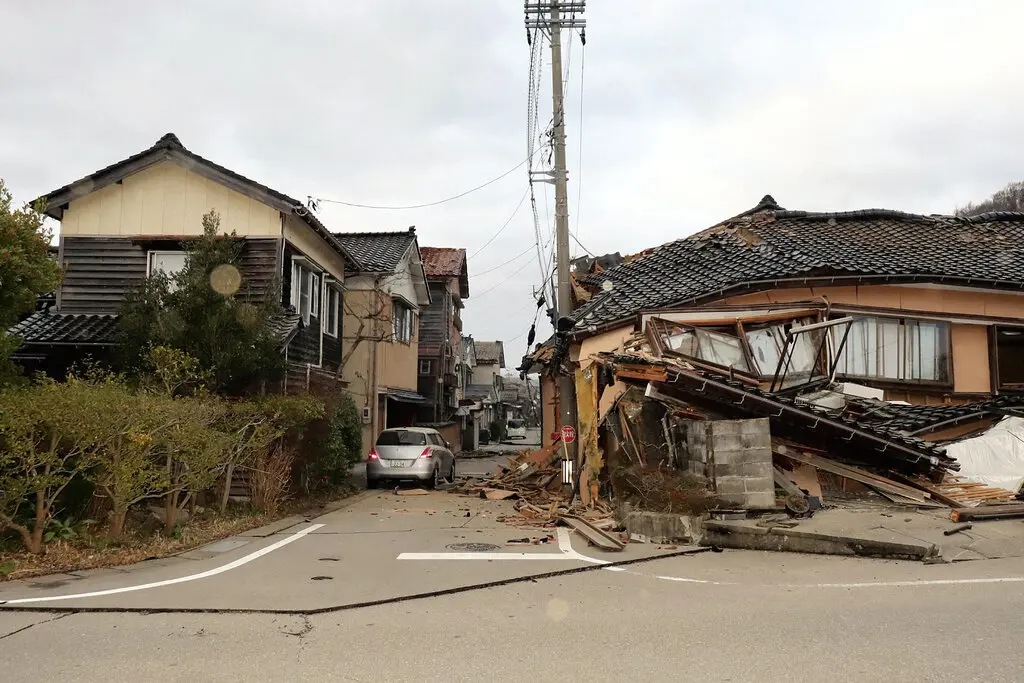Here are the latest developments.
On Monday, western Japan experienced a formidable earthquake that prompted tsunami warnings and evacuation mandates across multiple prefectures. The quake, centered in Ishikawa Prefecture on the Noto Peninsula, resulted in buildings collapsing, individuals being trapped, and widespread power outages affecting tens of thousands, as reported by officials and Japan’s public broadcaster.
The seismic event occurred on the Noto Peninsula around 4:10 p.m. and registered a magnitude of 7.6 on the Japanese seismic intensity scale, according to the Japan Meteorological Agency. The United States Geological Survey recorded the earthquake at a magnitude of 7.5.
The earthquake that struck Japan on Monday, with a magnitude of 7.6 on the Japanese seismic intensity scale and 7.5 according to the United States Geological Survey, was notably weaker than the devastating 8.9 magnitude quake in 2011, which triggered a tsunami, claimed thousands of lives, and led to a nuclear crisis at the Fukushima power plant.
As Japanese authorities gathered information on injuries, reports indicated patients arriving at hospitals, some operating on generators due to power outages. NHK public broadcaster mentioned a hospital in Suzu City and another in Wajima City treating injured individuals in the parking lot. Police responded to calls of collapsed buildings, with at least six cases of people trapped under rubble reported in Ishikawa, according to Chief Cabinet Secretary Yoshimasa Hayashi.
The Japan Meteorological Agency noted the shallow depth of the quake, making it potentially more hazardous. While initial reports suggested no major damage to vital facilities in Ishikawa Prefecture, the agency issued a major tsunami warning for parts of the western coast, initially forecasting waves as high as 16 feet. The government later downgraded the warning, stating the expected wave height was around 10 feet.
Japan’s Nuclear Regulatory Agency reported no abnormalities at radioactivity monitoring stations at the Shika nuclear power plant, despite a fire at a transformer, quickly extinguished. The meteorological agency warned of potential aftershocks and tsunamis for up to a week, advising residents to remain vigilant for at least two or three days.

